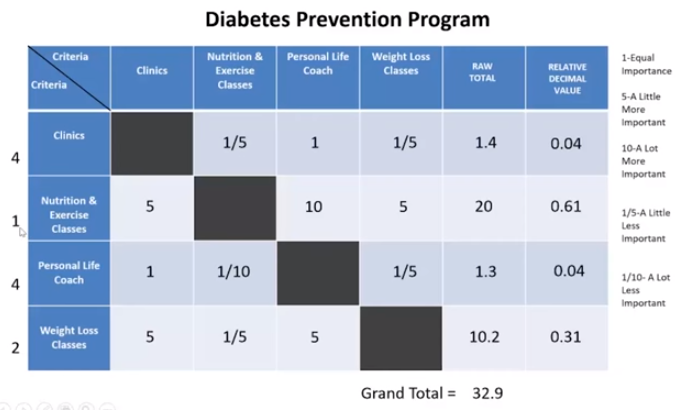
Here are three example prioritization matrices using the weighted scoring model-for a marketing team, a product team, and an enterprise IT department. The weighted scoring model can be a valuable tool for setting priorities that can work for any group or initiative at your organization-not just your product team. This will help you arrive at a much more systematically derived set of priorities. With ProductPlan’s Planning Board, your team can use a weighted scoring model to measure features or other initiatives against one another by assigning scores across several key criteria-such as cost, revenue potential, or risk-for each initiative. A Systematic Strategy: Using Weighted Scoring in Your Prioritization Matrix Let’s look at a few examples of what this would look like. One great way to turn the largely subjective process of deciding what initiatives “matter” most to your product into a more systematic, objective method is to use a weighted scoring model. Others compile data-driven evidence that, say, a specific feature would add value to the product but then have no way of determining how the value of that feature (or the costs to build it) compares to the potential value (and costs) of other features also under consideration. Some start entirely with their intuition (an essential tool for a PM, but not the only tool). One reason we at ProductPlan have found for this, after working with thousands of product professionals worldwide, is that few teams have a strategically sound basis for arranging their products’ priorities in the first place. Why is this? Why is it so difficult for product teams to agree on a plan for their product and then, based on that plan, to agree on which specific initiatives should get developed in what order? In our 2019 Product Planning Report, we found nearly a third (30%) of product professionals describe their single greatest product management challenge as “Getting consensus on product direction.” Statistically speaking, we’d guess your team finds prioritizing initiatives to be challenging. It would be much trickier to re-examine and adjust your priorities once your team is in the middle of development if you didn’t have a solid strategic foundation for your product’s priorities in the first place.Īll of this brings up the question: How does your team set priorities today? Do you have a straightforward, strategic process for separating the must-have items from the nice-to-haves, determining what should go first, or figuring out what initiatives will deliver the most significant strategic advantage for your company? Second, because your product’s priorities can shift quickly and often, you must begin your product development by first mapping out an initial set of strategically sound priorities. Your team’s situation today might demand a shift in product priorities from the plan you carefully reviewed and agreed on even a few weeks ago. How Often Do You Re-Prioritize Items in Your Product Backlog?įirst, an organization’s priorities can shift so quickly and so often today that an intelligent PM needs to keep a watchful eye at all times on both external realities and internal realities. 3 Prioritization Matrix Examples for Your Team

If you’re a product manager, this stat should serve as a helpful reminder about two essential aspects of your role. That’s what we found out when we surveyed over 1,300 product professionals for our 2019 Product Planning Report. More than 40% of product managers today re-prioritize the initiatives in their backlogs every week.


 0 kommentar(er)
0 kommentar(er)
